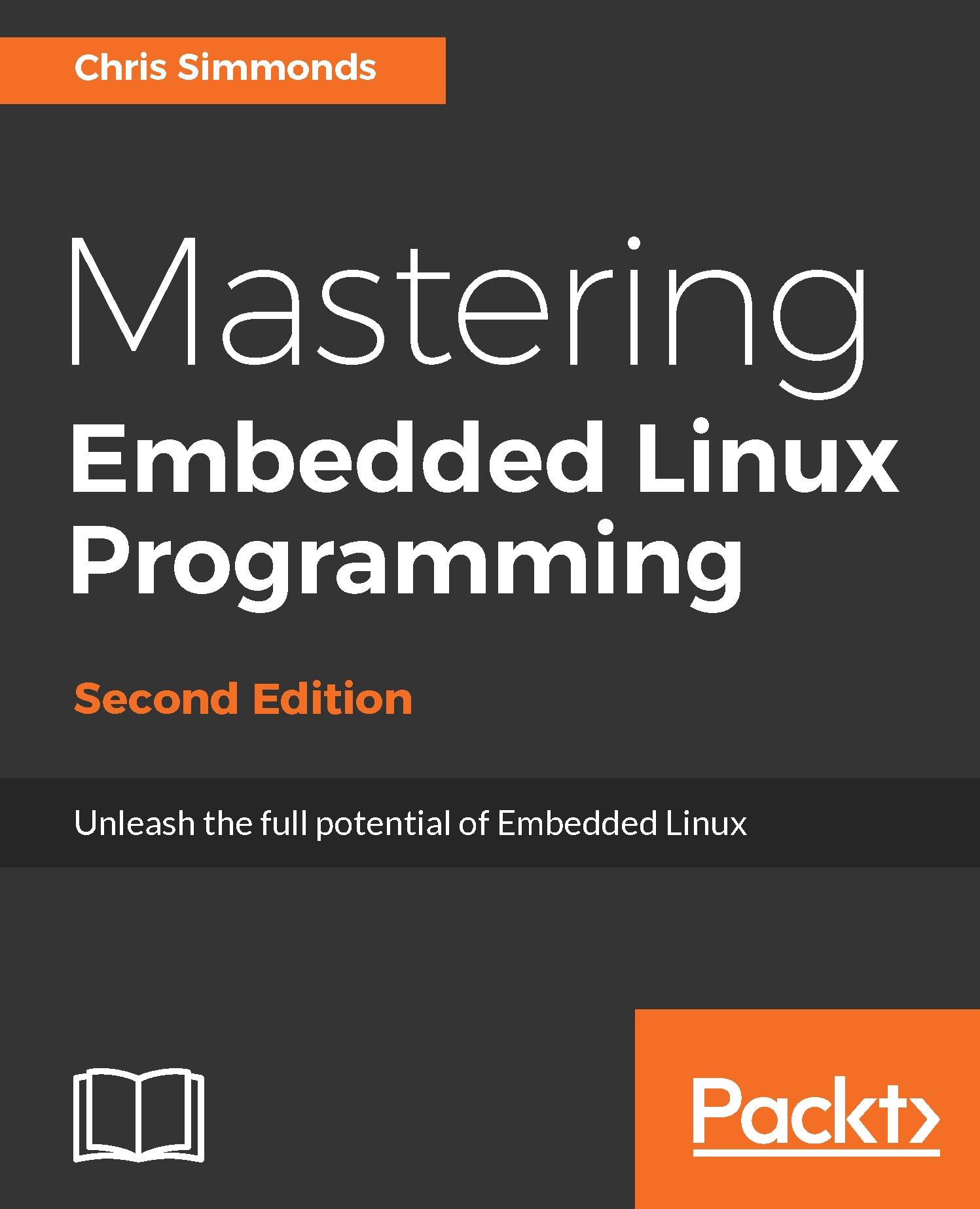Summary
Flash memory has been the storage technology of choice for embedded Linux from the beginning, and over the years, Linux has gained very good support, from low-level drivers up to flash-aware filesystems, the latest being UBIFS.
As the rate at which new flash technologies are introduced increases, it is becoming harder to keep pace with the changes at the high end. System designers are increasingly turning to managed flash in the form of eMMC to provide a stable hardware and software interface that is independent of the memory chips inside. Embedded Linux developers are beginning to get to grips with these new chips. Support for TRIM in ext4 and F2FS is well established, and it is slowly finding its way into the chips themselves. Also, the appearance of new filesystems that are optimized to manage flash, such as F2FS, is a welcome step forward.
However, the fact remains that flash memory is not the same as a hard disk drive. You have to be careful to minimize the number of filesystem...




































































